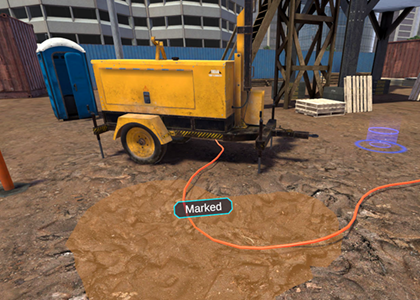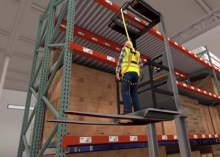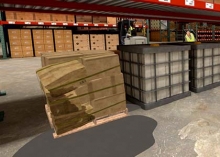Construction Electrical Hazards
Electricity has long been recognized as a serious workplace hazard. Many workers are unaware of the potential electrical hazards present in their work environment, which makes them more vulnerable to the danger of electrocution. This has resulted in hundreds of workers being killed or injured every year due to exposure to hazardous electrical energy. Electric shock, burns, and falls are some of the hazards associated with working with electricity; electrocution is death by electric shock. Working with and around electricity should be taken seriously as a dangerous business.
Content Overview
The primary goal of this course is to teach workers safe work procedures to follow while working around electrical hazards in a construction environment. Users will learn:
- The risks to electrical hazards on a construction site and how shocks occur.
- Recognition and avoidance of common electrical hazards.
- Procedures for preventing contact with overhead power lines.
- Information on extension cords and other electrical equipment.
- Electrical safety-related work practices.
- Understand the Personal Protective Equipment (PPE) required on the job site
The Construction Electrical Hazard awareness simulation is ideal for future employees and supervisors who work in or around active construction sites.
Specifications
Categories: Construction Industry
Simulation Length: 10-15 minutes
Languages: English & Spanish
Headset Availability: We can deploy our training to most major headsets.







